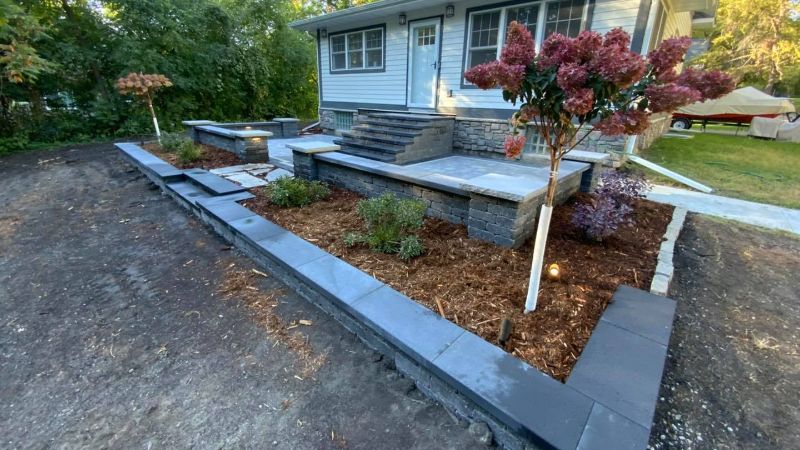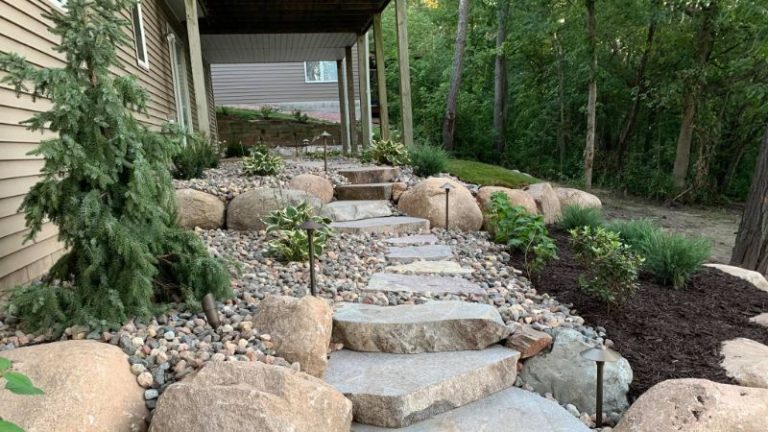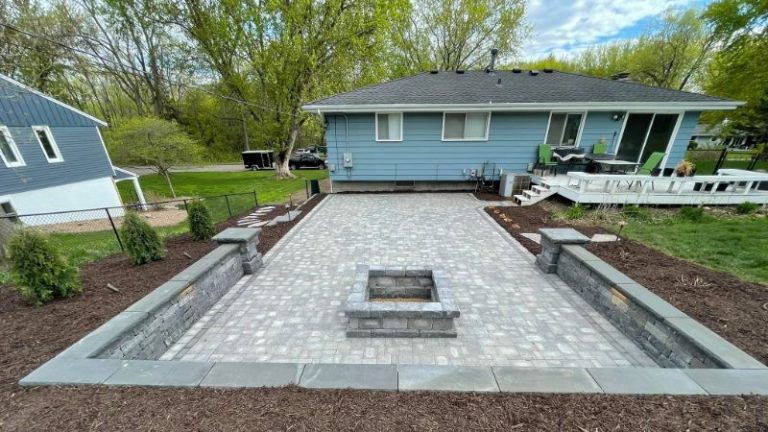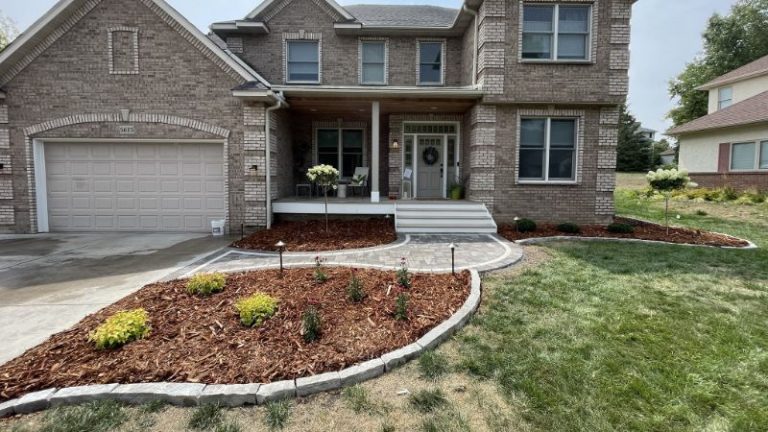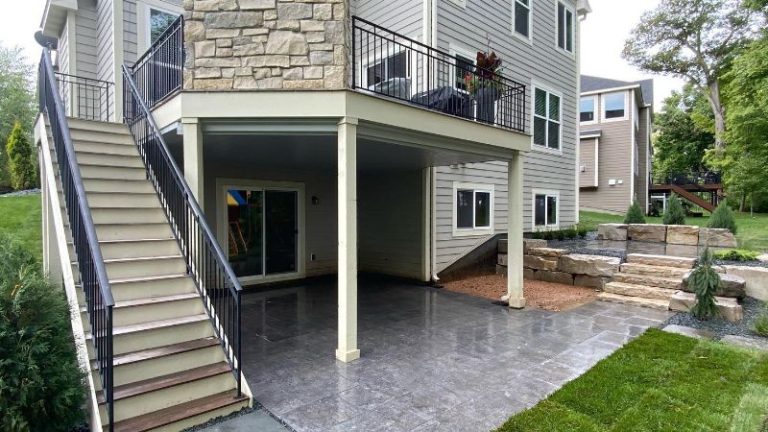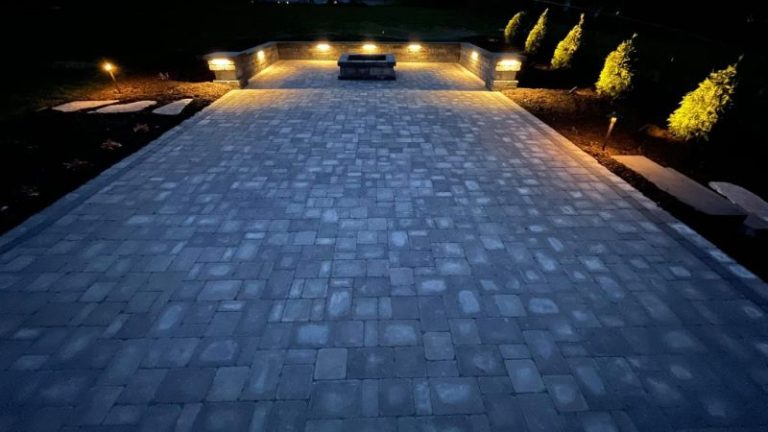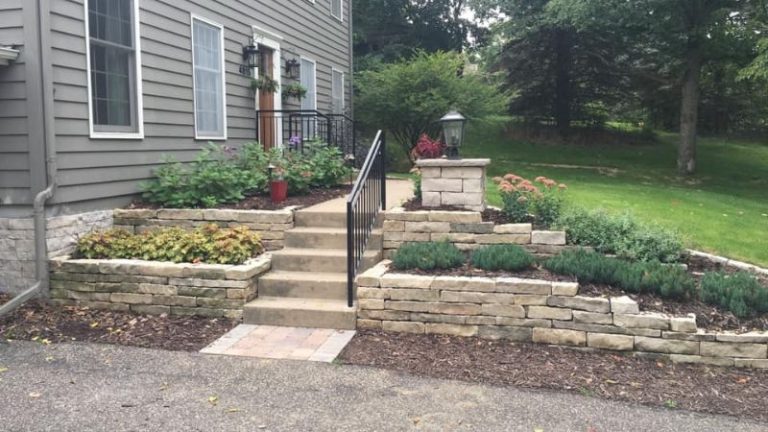Why You Should Add Fresh Mulch to Your Landscape & Garden Beds
WHAT IS MULCH?
Mulch is any material that covers the ground’s surface to form a protective layer. It’s designed to mimic what happens typically in nature when plant debris and fallen leaves blanket the soil. When you add mulch to your landscape and garden, it creates healthier soil by conserving moisture, reducing erosion, stabilizing temperatures, minimizing compaction, and curtailing weed growth. It also does wonders for the look of your yard.
When you hear the word mulch, you likely think of wood chips spread over a garden bed. That’s because wood chips have become synonymous with the word mulch. However, the term covers any product that acts as a topdressing in your landscape and garden beds.
WHY MULCH?
With proper preparation and installation, mulching has many benefits for your landscape and your time.
- Organic mulch enriches the soil with nutrients and the waste of microbes.
- Keeps soil moist by reducing the amount of water lost from the soil surface. This means you can water less and more efficiently.
- It prevents light from penetrating the soil surface, which helps reduce weeds.
- It helps regulate soil temperature, so it’s warmer on colder nights and cooler during hot summer days. This reduces the stress on the delicate root systems of plants.
- Compacts the soil, reducing erosion.
- Acts as a design element for your landscape, adding color, texture, and depth. A fresh layer of mulch goes a long way to give the appearance of a uniform, balanced, and well cared for yard.
TYPES OF MULCH
Mulch falls into two categories: organic mulch, living/once-living materials, and inorganic mulch, minerals or synthetic products. Deciding which type of mulch is best for your landscape or garden depends on the weather conditions where you live, any soil considerations, and your design aesthetic.
Organic materials
- Shredded bark mulch. Made from the bark of trees such as redwood, pine, cedar, hemlock, and hardwoods, shredded bark mulch comes in various sizes and over time, it will break down to enrich the soil. The coarser the shredding, the longer it lasts. Shredded bark mulch is excellent at suppressing weeds while still allowing air and moisture to permeate and reach the root zone. Installation is not as time-consuming as other options since the material is lightweight and easy to work with. It will fade and needs to be replenished every one to three years.
- Pine bark nuggets. Like shredded bark mulch, these chunks of pine bark come in different sizes, and the larger the nugget, the longer they last. They are coarser in appearance, making them less comfortable to walk on and are more likely to float away or migrate around the yard. However, homeowners like them because of their durability. Pine bark nuggets hold their color for many years and are slower to break down, which means they need to be replaced far less often.
- Shredded or chipped wood. One of the most popular mulch materials, shredded or chipped wood, can be made up of an assortment of softwoods from arborist chippings and landscape debris to sawmill waste and recycled pallets. It’s slower to break down than hardwood bark and can be left its natural brown/gray color or dyed red, brown, or black. Because of the various material sources, it’s a good idea to find out what your chips are made of. They could be contaminated with chemicals from paint and industrial product. A clean-sourced mulch that is partly composted should be turned and composted regularly to prevent souring and fungi. While chipped wood does well to suppress weeds, control moisture and temperature, and avoid erosion, it is best used at the base of shrubs and trees or established flower beds. It’s not recommended for growing plants from seed or for vegetable gardens.
- Compost. The healthiest of the bunch, good quality organic compost breaks down very quickly to provide nutrients to the soil. This also means that it needs replenishing more often than other kinds of mulch. While it’s not limited to vegetable gardens, it is the best option for them. Compost will initially suppress weeds while the plants start to sprout, retain moisture, and control temperature.
- Grass clippings and leaves. Some homeowners like to use mowed grass and chopped leaves as mulch. Unfortunately, not enough people know how to use them properly and end up causing more harm than good to their landscape. Grass clippings should be free of chemicals and weeds to prevent contaminating the soil they are protecting. They should also dry out for a few days before being applied. Grass is high in nitrogen, making it most beneficial in a vegetable garden. Leaves need to be shredded so they are less likely to mat and block water from seeping down to the soil layer both grass and leaves can become compacted and affect water absorbance. They also decompose faster than wood chips or bark mulch and need to be topped up more often.
- Plants. Many homeowners forget that plants are the best mulch. Think of what you see in nature. Smaller, shorter plants cover the ground around taller ones creating the exact circumstances we try to replicate with other types of mulch. Plus, you get the added benefit of beauty. If you aren’t sure what kinds of plants to place where and what species best compliment each other, hire a professional to design the space.
Inorganic Materials
- Geotextile or landscape fabric. Most homeowners are familiar with this polyethylene material as it is commonly used as a base layer for other surface mulch material. It isn’t often used as a surface layer on its own because it doesn’t look very attractive, but it does retain water and prevents weeds from growing. It can be tricky to work with when planting because you’ll need to cut it away to dig the soil. It also needs to be pinned down properly when installed to hold it in place as a subsurface.
- Gravel, rock, and stones. These last the longest of natural materials and are a great choice if you want many options aesthetically. They work well in harsher conditions where other materials will break down quickly or struggle to stay put due to rain and wind. A layer of rock will protect the soil and allow water to permeate, but weed suppression depends mainly on how well you prep the area (typically with geotextile) and keep organic matter such as leaves and grass clippings off the bed. There are a few drawbacks to using rocks as mulch. Rock doesn’t add any additional nutrients to the soil and usually needs to be contained with some sort of border edging. The color of the stone can also influence the health of your plants since darker colors tend to heat up, and lighter colors may reflect light upward toward the underside of the plants.
- Rubber. Recycled tires are cleaned and the metal removed before being shredded into various sizes to create a mulch that doesn’t break down as quickly as other mulches. Its strong synthetic makeup makes it efficient at weed suppression, especially when paired with geotextile, and it will let water through, but the rubber does little else to help the soil. It’s important to know where your rubber mulch comes from. Some manufacturers have better processing procedures than others which results in better quality. Like gravel, rock, and stone, it comes in many different colors and textures.
HOW TO MULCH
The key to a beautifully mulched garden bed or landscape is preparation, maintenance, and knowing a few important dos and don’ts. This knowledge separates those well-executed mulch beds that seem to outlast the others.
- To get the area ready for mulch, make sure to clean out the area. Don’t add mulch over fallen leaves, debris, or garbage.
- Thoroughly pull the weeds from where you want to place the mulch.
- Trim surrounding trees, plants, hedges, and bushes to reduce the amount that falls onto the mulch.
- Clean up the existing edges or add some sort of retainment edging so your mulch doesn’t migrate as easily.
- Don’t add too much mulch — 2-4 inches is usually recommended.
- Avoid piling mulch up at the base of trees. Since the mulch retains moisture, it can lead to the development of bark rot on the tree.
- Mulch at the right time. The timing will depend on how established your plants are, if and when you are fertilizing, the types of plants you have, and the climate zone you live in.
Mulching will help your plants thrive throughout the year and is a great way to keep your landscape looking beautiful. The key is knowing the proper way to mulch. Rare Landscapes Inc knows when to mulch, the right depth for mulch, and the best types of mulch for yards in your areas.
Call Rare Landscapes Inc at 952-258-3553 or fill out our online contact form to receive an estimate on cleaning up your landscape beds and installing fresh mulch.

